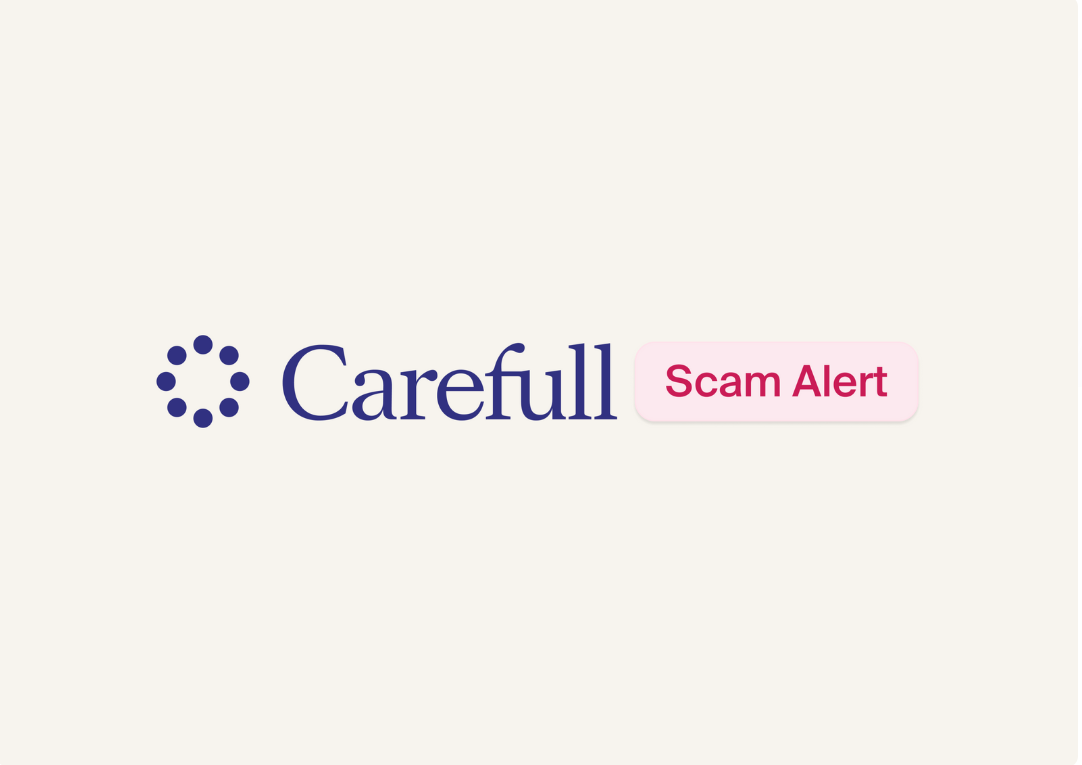How to Avoid Payment App Scams and Fraud

More than half of Americans 50 and older have used peer-to-peer payment services, according to a survey by AARP Research. Payment apps such as PayPal, Venmo, Zelle and Cash App make it easy to send and receive money from friends and family. However, they also make it easy for scammers to steal from unsuspecting consumers.
In fact, peer-to-peer (P2P) payment apps were the third most-common payment method used—after credit and debit cards—among scams reported in 2020 to the Federal Trade Commission where a payment method was identified. However, payment apps don’t offer the same protections that credit and debit cards do. That’s why it’s important to be able to recognize the signs of payment app scams and to take steps to protect yourself.
Payment app fraud vs. scams
It’s important to understand the difference between how fraud and scams are defined. Fraud occurs when someone gains access to your account and makes transactions without your permission. Because you didn’t authorize the payment, you’ll likely be able to get your money back if you report the fraud.
Scams occur when you authorize a payment but were tricked into doing so or made a payment for a product or service you didn’t receive. You likely won’t be able to get your money back in this situation because you approved the payment.
Common payment app frauds and scams
There are a variety of ways thieves can steal money through P2P services. Here are some of the more common approaches.
Customer support calls, emails and text messages. Scammers often reach out and claim that customers’ payment service accounts have been compromised or suspended then ask for account information to resolve the problem. Then they use the information to access the account and make fraudulent transactions.
Requests for upfront payments. Scammers advertise items for sale on social media sites and other online platforms, ask for payment upfront through payment apps then never deliver the items. One of the more common seller scams involves the sale of purebred puppies that require a deposit to secure one when there is a new litter. Only after payment is made do victims learn there are no puppies.
Payment to claim a prize. Watch out for requests for payments through money transfer services to claim a prize you supposedly won or money that is owed to you. These are scams.
Cash flipping. If you get a request to send money so it can be “flipped” for more money, it’s a scam. Scammers might also use terms such as paying a “clearance fee” or making a payment as part of an “account verification” process before you can get more money back in return.
Overpayment for items. Scammers take advantage of people selling items online by sending a check for more than what was owed and asking for a refund of the difference via a payment app. Typically, the check bounces, and the victim is also out the money sent by the payment service.
Requests to transfer money. Scammers reach out to people—often through dating sites and work-from home offers—then send them money through payment apps and ask that they transfer the money to someone else. What victims don’t realize is that they’re helping move stolen funds and are acting as money mules, which is a punishable crime even if you didn’t knowling commit it.
[ Read: How Seniors Can Protect Their Credit and Identity ]
How to avoid being scammed
The Better Business Bureau and Federal Communications Commission recommend taking the following steps to stay safe when using peer-to-peer payment services.
- Never use P2P apps to send money to or receive money from someone you don’t know.
- Link money transfer apps to a credit card rather than a debit card or bank account because credit cards offer more protections if you don’t receive a good or service you paid for.
- Enable security features on money transfer apps, such as multi-factor authentication that will require using a PIN, face or fingerprint recognition to authorize transactions. Also, make sure you’re using a strong password for the app, and disable automatic log-ins to prevent thieves from accessing your account if your phone is lost or stolen.
- Verify a recipient’s information before making a payment. And make sure payments are sent and the money has been transferred before sending any items you have sold.
- Be wary of business that only accept P2P payments.
- Never provide personal information over the phone or by email or text. Money transfer app representatives won’t reach out to ask you to provide your login credentials or other sensitive information.
- Review the fraud protection policies of the money transfer apps you use to find out whether you can recover your money if you’re a victim of a scam or fraud.
Using an account monitoring service such as Carefull also can help. When you link your bank and credit card accounts to Carefull, it will monitor those accounts 24/7 and alert you if it spots any payments made through a P2P app (as well as many other signs of fraud). This will help you catch any fraudulent transactions if someone gained access to your P2P app account without your permssion so that you can quickly alert your bank or credit card provider about the fraud.
If you do become a victim of a payment app scam, contact the app’s customer service to discuss what steps to take and see Can You Get Your Money Back From Payment App Scams?
[ Keep Reading: Watch Out for Check Washing Scams ]

3 Steps to Safer Money,
Try it Free for 30 Days
Step 1
Start your free,
no-risk trial
Step 2
Connect the accounts and cards you want protected
Step 3
Stay alerted to any
unusual activity



.png)



